Caraga Region (pop. 2,804,788) is one of the 17 administrative regions that make up the Philippines. The Caraga Region is in the northeastern part of Mindanao, the southernmost major Philippine island. Service industries play a major role in the region’s economy.
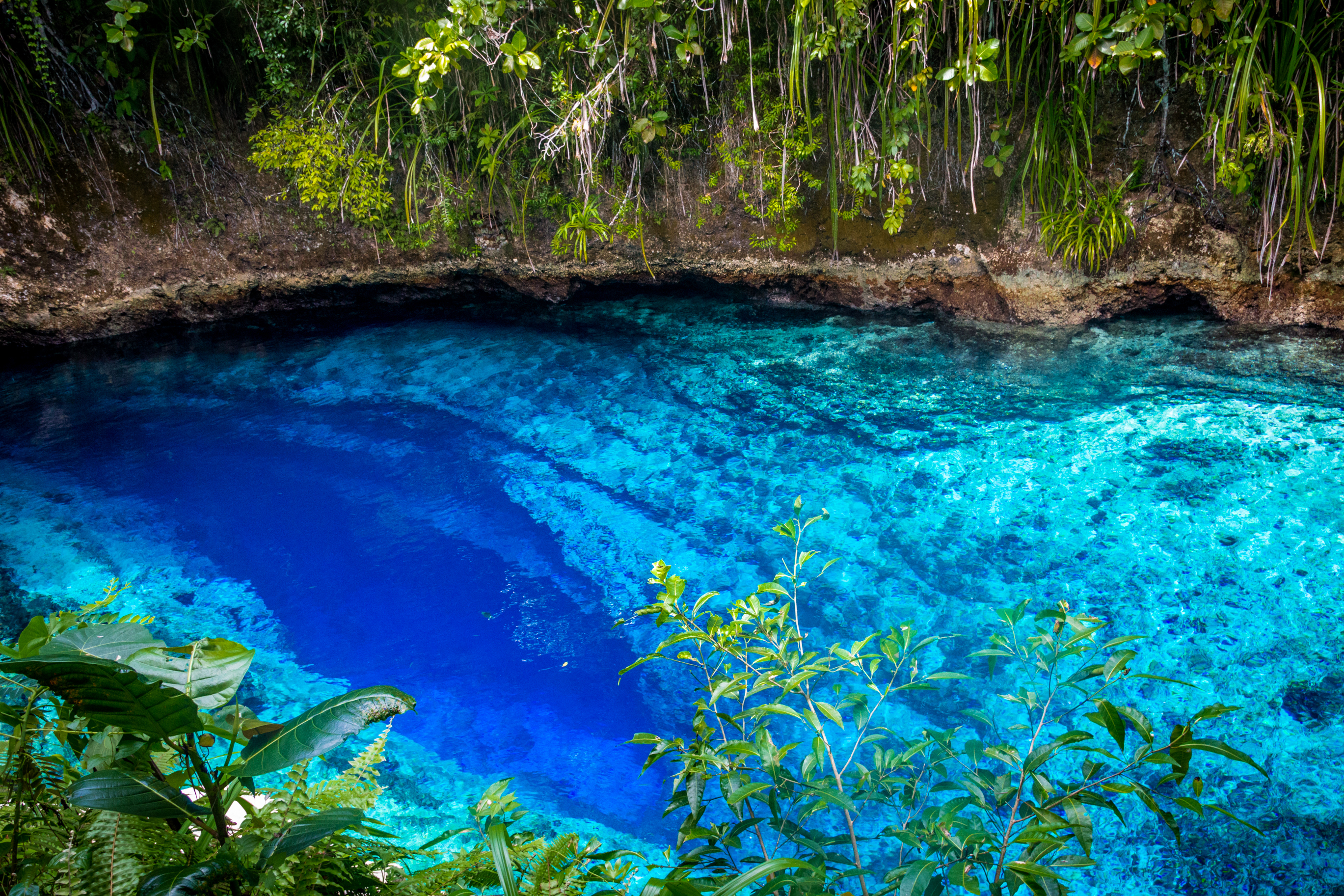
The region has five provinces, six cities, dozens of municipalities, and more than 1,000 barangays (villages or neighborhoods). The provinces are (1) Agusan del Norte, (2) Agusan del Sur, (3) Dinagat Islands, (4) Surigao del Norte, and (5) Surigao del Sur. The largest city is Butuan City, in Agusan del Norte.
People
Although Caraga is the seventh largest region of the Philippines by land area, it is the second smallest in population. The regional center is Butuan City. Agusan del Sur is the largest province in population. Surigao del Norte is the most densely populated province, with almost a fifth of Caraga’s people living there.
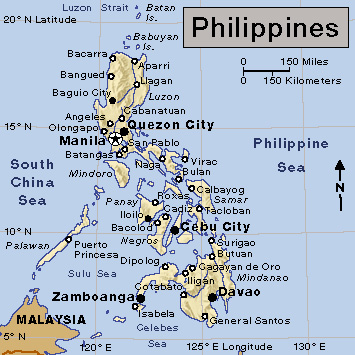
Ancestry.
Most people of Caraga, like nearly all Filipinos, are of Malay ancestry. Malays are a group of Southeast Asian peoples whose ancestors have lived in the Philippines and neighboring Indonesia and Malaysia for thousands of years. Historically, those in the Philippines lived in small communities scattered across the narrow lowlands and adjacent forested areas. They shared certain cultural traits, while also developing languages and cultural practices that set them apart from one another.
Today, some groups with traditional roots in the Caraga area include the Banwaon, Higaonon, Kamayo, Mamanwa, Manobo, Mansaka, and Umayamnon. The area has long had close ties with the peoples of the Visayan Islands, just to the north. These connections may partly explain why many migrants from the Visayas have been drawn to Caraga. Since the mid-1900’s, many people from the central Philippines have moved to the Caraga Region.
Language.
Most of the people of Caraga speak Filipino (a form of the Philippine language Tagalog), Cebuano, and English. Filipino and English are the official languages of the Philippines. More than a fourth of households speak Cebuano, the main native language of Mindanao. About a fourth of households also speak the dialects Bisaya and Surigaonon. Surigaonon is spoken by most people in Surigao del Norte and parts of Surigao del Sur. Other Philippine languages spoken in the region include Butuanon, Higaonon, Kamayo, Mamanwa, Mandaya, Manobo, and Tandaganon.
Religion.
Roman Catholics make up the majority of the population. There are also many Protestant Christians and Muslims. In addition, some small religious groups combine Catholic beliefs with practices associated with the animism (worship of spirits) that predated the introduction of Christianity by Spanish colonists in the 1500’s.
A large Christian group called the Philippine Benevolent Missionaries Association (PBMA), founded in the 1960’s by the faith healer Ruben Ecleo, Sr., has gained political influence in the Dinagat Islands province. After Ecleo’s death in 1987, several members of his family were elected to political offices in the province.
Culture and attractions.
Mount Mayapay, in Butuan City, attracts tourists and hikers. Its plateau is 2,214 feet (675 meters) above sea level. The mountain was named after Majapahit, a Hindu kingdom that was based on the island of Java, in what is now Indonesia, from the late 1200’s to the early 1500’s. Butuan City is also known for its Balangay Shrine Museum, part of the Butuan National Museum. The museum displays a number of ancient objects, including a balangay—a type of long plank boat used by the Philippine people—that was built around A.D. 320. It is the oldest Philippine boat ever discovered. Butuan City is known for the local delicacy palagsing, made of brown sugar, coconut, and unaw. Unaw is starch harvested from palm trees. Palagsing is wrapped in banana leaves and boiled.
Agusan del Sur is the site of the Agusan Marsh Wildlife Sanctuary, an important wetland in the Agusan basin. A small village floats on the marsh’s Lake Panlabuhan, home to members of the Manobo ethnic group. The marshland provides a habitat for more than 1,000 species of birds, making it a popular birdwatching destination. The rare Philippine crocodile can be found in the marsh as well.
Surigao City hosts many annual festivals. Its Pasayan Festival includes a shrimp cook-off, in which chefs prepare shrimp in many different ways. Pasayan means shrimp in Cebuano. Other events have included a shrimp-eating contest, a contest to see who can thread a needle the fastest, and a tuba-drinking contest. Tuba is a beverage made from the sap of the coconut palm tree. The city’s annual Kinilaw Festival features the dish kinilaw, raw fish marinated in citrus, coconut milk, spices, and vinegar. The annual Bonok-Bonok Maradjao Karadjao Festival celebrates the harvest. Street dancing at the festival includes the bonok-bonok, a ritual dance of the Mamanwa people.
The island of Siargao, in Caraga, is known as the surfing capital of the Philippines. Cloud Nine, on the eastern coast of Siargao, is one of the world’s top surfing sites. Surfers discovered and popularized Cloud Nine in the 1980’s. The island hosts the Siargao International Surfing Cup, also called the Siragao Cloud 9 Surfing Cup, an annual international surfing competition.
Education.
National law requires children from 5 to 17 years of age to go to school, from kindergarten through the 12th grade. The Department of Education provides free primary and secondary education. There are also many private schools. Teachers in the public elementary schools conduct classes in the local language for the first few years, and then introduce English and Filipino. Most of the private schools teach in English. The high schools and universities mostly use English.
There are several public and private universities in Caraga. Public universities include Caraga State University, with its main campus in Butuan City, and Surigao del Sur State University, with its main campus in Tandag City. Private Roman Catholic universities include Father Saturnino Urios University in Butuan City and St. Paul University Surigao in Surigao City.
Land and climate
Location and description.
The Caraga Region covers 7,277 square miles (18,847 square kilometers) in northeastern Mindanao. Mindanao is a mountainous island, containing the highest mountains in the Philippines, including some active volcanoes. Earthquakes, landslides, and other geologic hazards are common in the region because of its location on active fault lines (fractures in Earth’s crust).
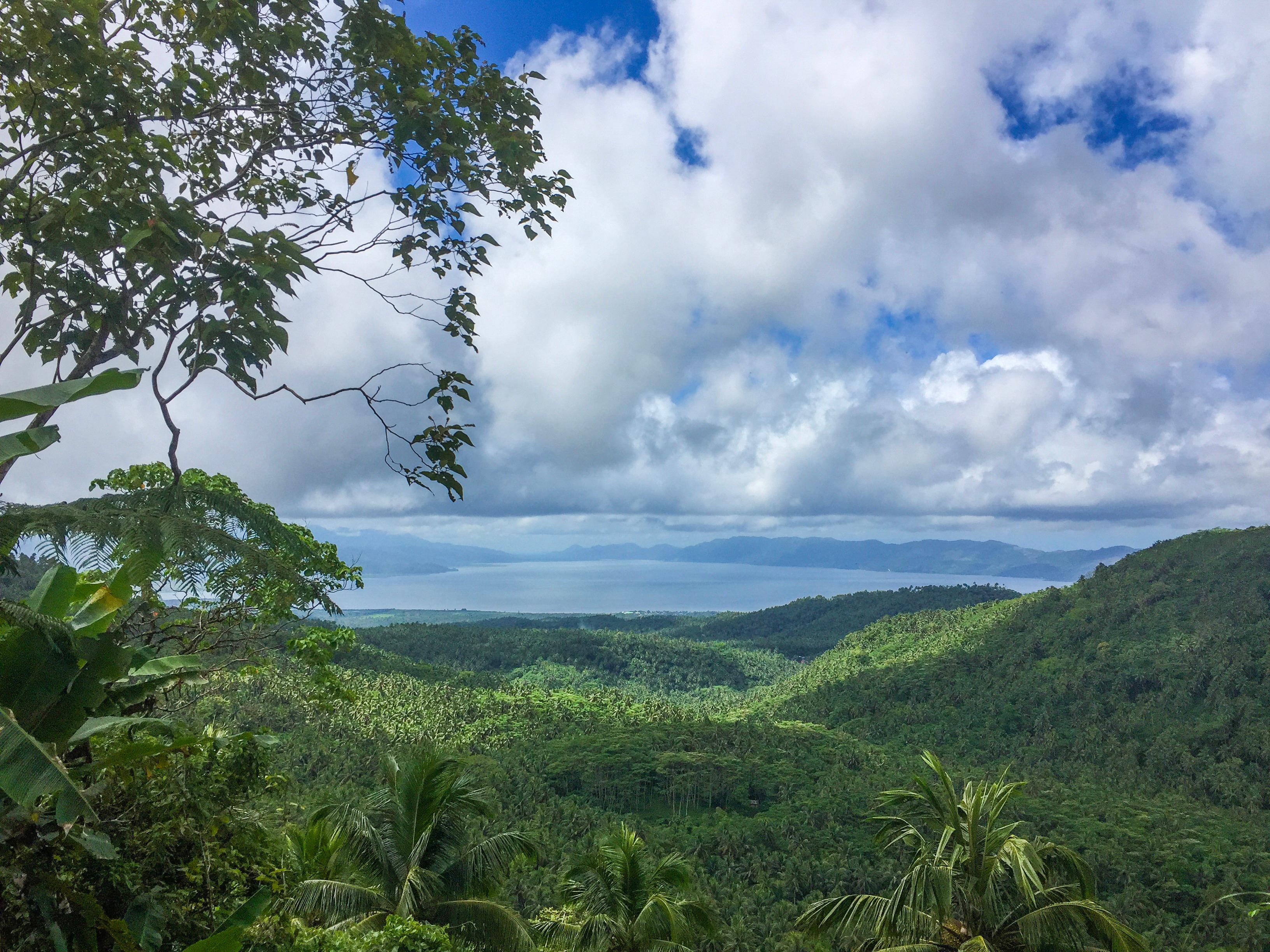
Caraga’s land features are similar to those in other parts of the Philippines. Mountains and hills alternate with valleys and river basins. Stretches of lowland run along the coastal areas. Agricultural land accounts for more than a fourth of the region’s area. Forests cover large areas as well. The region is known for its evergreen forests, beaches, and hot and cold springs.
Agusan del Sur is the largest province in size, followed by Surigao del Sur, Agusan del Norte, Surigao del Norte, and the Dinagat Islands. Agusan del Sur is also the fifth largest province in the Philippines by land area. The Dinagat Islands are known for their beaches and caves, and are a popular tourist destination. Surigao del Norte is known for its caves and tunnels.
Rivers and lakes.
Caraga has many rivers, including the Agusan, Sibagat, and Wawa rivers. The Agusan River Basin is the fourth largest river basin in the country. Lake Mainit, the fourth-largest lake in the country, is also the deepest, reaching 732 feet (223 meters) in depth. It lies between Agusan del Norte and Surigao del Norte.
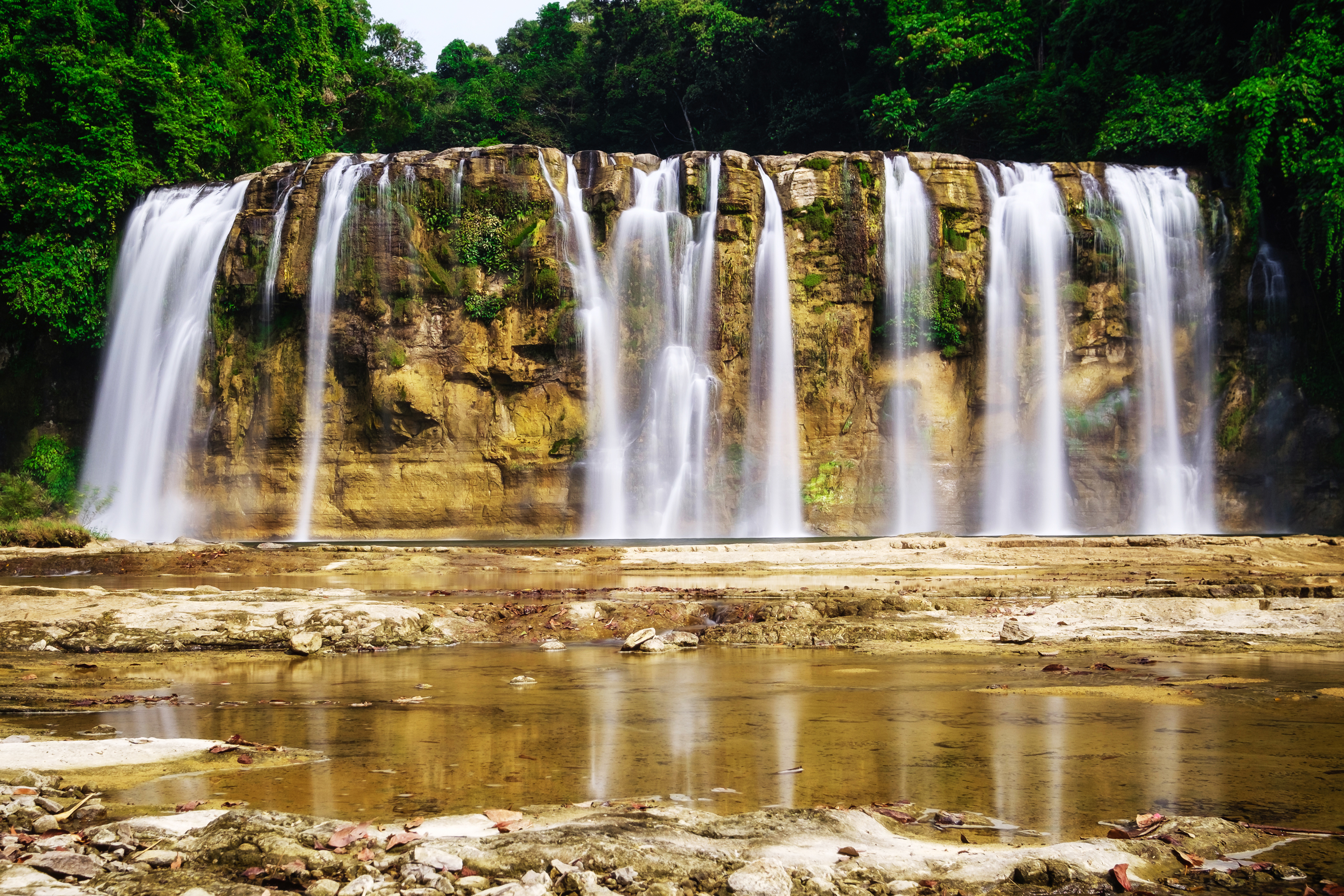
Climate.
Caraga, like the rest of the Philippines, has a tropical climate with high humidity and rainfall. The temperature varies slightly from month to month. The warmest months are March through May. The coolest month is January. The nights are generally mild due to land and sea breezes. The dry season runs from December to May. The rest of the year is a wet season.
Economy
Caraga accounts for only a small portion of the economy of the Philippines. Service industries, agriculture, and mining are the leading sources of the area’s income. The majority of people work in agriculture and service industries. Few people work in manufacturing, mining, or construction, although those industries together make up about a fourth of the region’s economy. Caraga’s leading exports include livestock, palm oil, rice, seafoods, and tropical fruits.
Agriculture, forestry, and fishing
account for about a fifth of the region’s economy and more than a third of its employment. Leading crops include cassava, corn, palay (unhusked rice), and sweet potatoes. Other vegetable crops include eggplants, soybeans, string beans, and tomatoes.
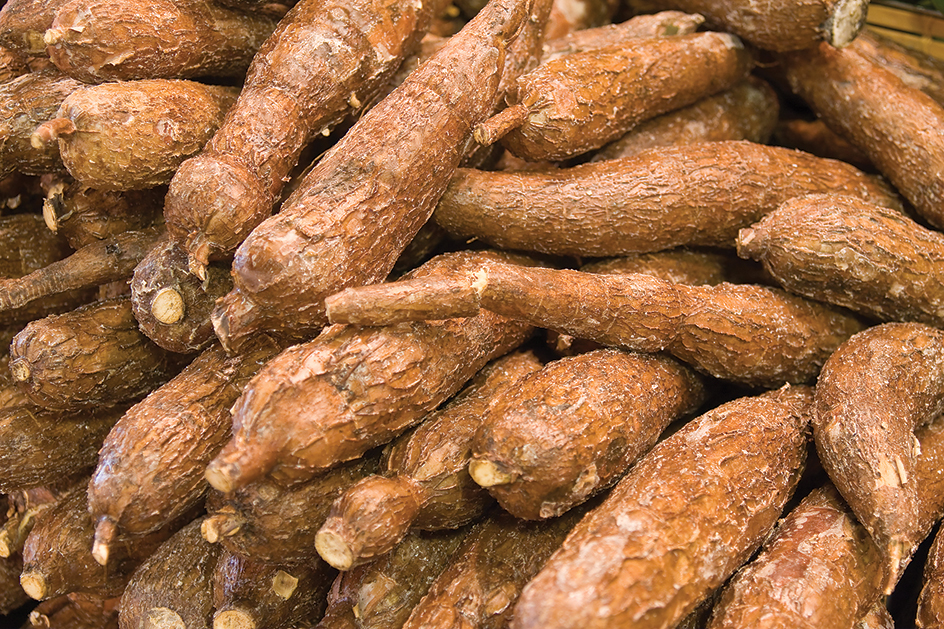
Leading tropical fruits grown in Caraga include bananas, calamansi (Philippine lime), coconuts, jackfruit, lanzones, mangoes, pineapples, and santol (cotton fruit). Other leading crops include abacá (a plant used to make a fiber called Manila hemp), coffee, palm oil, peanuts, and rubber. Farmers grow falcata, nipa palms, and rubber trees, as well as many kinds of fruit trees. Orchid growing is common.
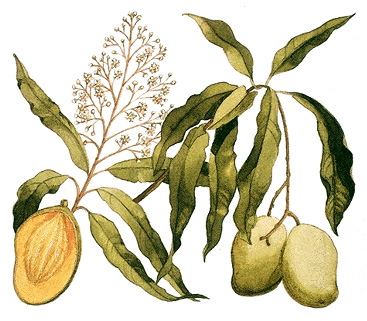
Forestry is an important industry in Caraga. The region is known as the “timber corridor of the Philippines.” Indiscriminate logging in the second half of the 1900’s and the early years of the 2000’s severely reduced the area’s forest cover. Although about three quarters of the region had officially been designated as forest lands in the 1980’s, by 2010 the region’s forest cover was less than 1.7 million acres (700,000 hectares). In 2011, the national government imposed a total nationwide ban on the logging of natural forests. Since then, timber companies have worked with the government to shift to plantation timber by the organized planting of specific fast-growing tree species to supply future timber needs. The commercial plantations in Caraga account for more than 60 percent of the nation’s timber production.
Fishing is another significant industry. Leading fishing industry products include milkfish, roundscad, seaweed, shrimp, skipjack, tilapia, and tuna. The industry’s catches also include crabs, lobsters, marlins, mollusks, octopuses, squids, and stingrays. Surigao del Sur has a large aquaculture (fish-farming) industry and is known for its seafood. Surigao City is a major exporter of shellfish, tuna, and other fish.
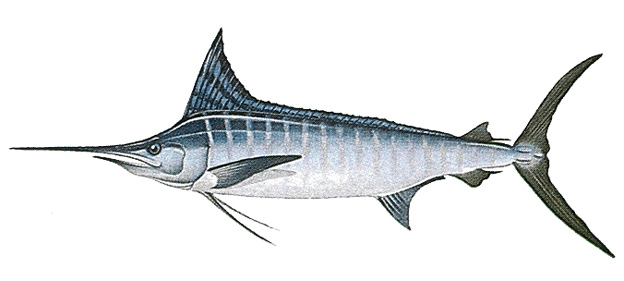
Manufacturing, construction, and mining
account for about a fourth of the region’s economy. Only a small proportion of the region’s workers are employed in these industries, however. Leading manufactured products include arts and crafts, fashion accessories, housewares, and lumber products. Caraga is rich in natural resources. Butuan City is called the “timber city of the South.” Its industries include the processing of rice and other food products, fuel distribution, furniture making, shipbuilding, and wood processing. Surigao City’s industries include fish processing, furniture making, and woodcarving.
Mining is important to the region’s economy. The leading mined products include chromite, copper, gold, iron, manganese, nickel, and silver. The region also has reserves of limestone, other metallic minerals, sand and gravel, and silica. Surigao del Sur has deposits of copper, chromite, and silver.
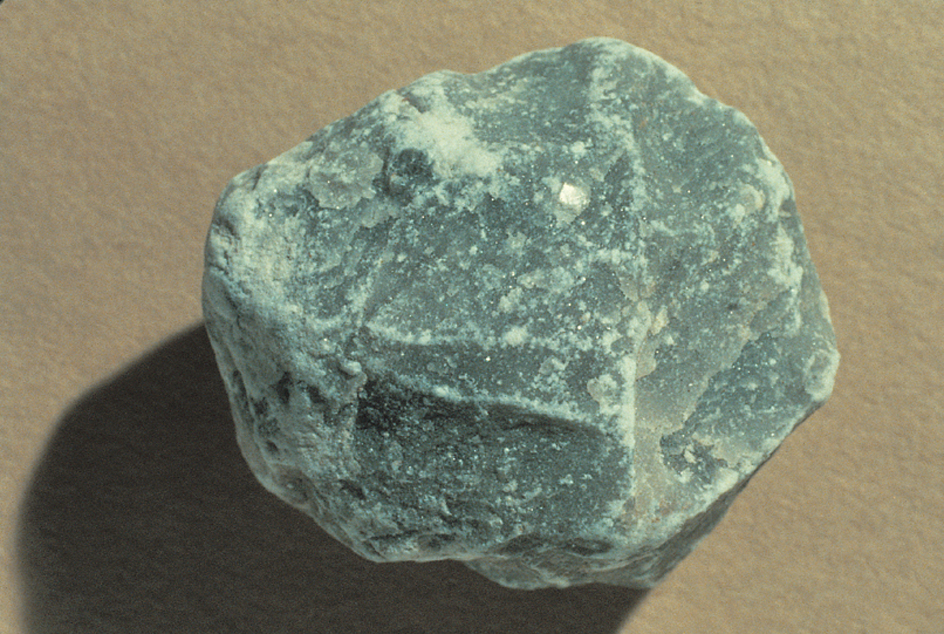
Service industries
account for more than half of Caraga’s economy. They employ about half of the region’s workers. Many people work in food service or real estate sales. Transportation and public administration contribute the most to the region’s economy. Many people are also employed by banks and schools. Tourism, a major industry in Caraga, benefits the region’s hotels, restaurants, and stores.
Transportation and communication.
Caraga has several regional airports and seaports. Newspapers serving Caraga include the Manila Bulletin News, Mindanao Daily News, and The Manila Times. The people of the region also receive news reports and information about government services from the Mindanao section of the Philippine Information Agency, the federal government’s news and information agency.
Government
Caraga, like other Philippine regions, has a regional council for administrative management and developmental planning. Provinces are the main local government units within the region. Every province has an elected governor and vice governor and an elected legislative body called a sangguniang panlalawigan. An elected mayor and council govern each city or municipality. A few cities are governed independently of any province. Barangays are governed by elected barangay captains and councils.
Local governments are formally under the general supervision of the president. The people elect province, city, and municipal officials for three-year terms. These local officials may not serve more than three consecutive terms. Barangay officials serve a fixed term of office that is determined by law.
Every Philippine city has a court. Each municipality has a judge who serves as the local judicial officer. Judges hold office until they reach the age of 70 or become unable to carry out their official duties.
History
Important trade centers have existed along the coast of Caraga for many centuries. People of the coastlands exchanged goods with those in the interior of the island, using rivers as a means of transportation. They conducted overseas trade with the Visayan Islands; with islands that are now part of Brunei, Indonesia, and Malaysia; and with mainland Asia, including the Malay Peninsula, Vietnam, and China. Through this trade, they also came into contact with cultural ideas from China and India.
Archaeologists working in the Butuan area have excavated a number of early balangays, the oldest of these boats dating from about A.D. 320. The earliest written evidence of Philippine overseas trade is in a Chinese document from A.D. 1001. The document mentions a trade mission from the Rajah of Butuan to the Chinese court. The use of the title rajah by important rulers in the region indicates earlier contact with areas under the influence of Indian culture. The Chinese regarded Butuan as a source of gold and metalwork. Archaeological finds in Caraga have included evidence of local metalworking, as well as Chinese porcelain from overseas trade.
Spanish explorers and settlers arrived in the region that is now Caraga in the 1500’s. The name Caraga comes from the Spanish form of the Visayan word kalag, which means spirit. The Spaniards used the term to describe the Mansaka, a people of eastern Mindanao whose language closely resembled Visayan. Some Spaniards called the region Provincia de Caraga, meaning province of the fierce (or strong-spirited) men.
Spaniards occupied the area that is now Surigao del Norte and Surigao del Sur. Pirates often targeted the settlements in the region, and the Spanish navy defended the settlers. The settlements suffered attacks by raiders from the Muslim sultanates in other parts of Mindanao, where the Spaniards were unable to establish effective control until the mid-1800’s.
Following Spain’s defeat in the Spanish-American War (1898), Spain ceded the Philippines to the United States. Agusan became a province in 1914. During World War II, Japanese forces occupied the area from the spring of 1942 until American troops and Filipino guerilla forces liberated it in 1945. The Philippines became an independent nation in 1946.
Butuan was a small town in the early 1900’s, but a logging boom in the area from the late 1940’s through the 1970’s brought rapid growth and attracted other businesses. In 1960, a province then called Surigao was split to form Surigao del Norte and Surigao del Sur. The province of Agusan split into Agusan del Norte and Agusan del Sur in 1967.
On Feb. 23, 1995, the region of Caraga was created. Government planners adopted the old Spanish term Caraga as the new region’s name.
